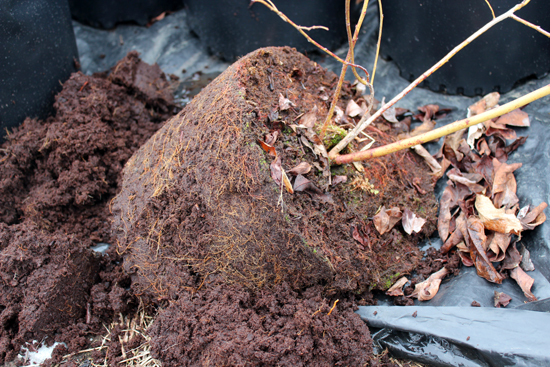Prevention key to managing blueberry root rot
Prevention key to managing blueberry root rot

Fruit growers are often attracted to blueberry production because the plants have few disease problems. However one disease, Phytophthora root rot, can completely decimate blueberry plants. This spring, agents and specialists with the UK Cooperative Extension Service have seen widespread cases of the disease across the state.
Phytophthora root rot, also called blueberry root rot, is caused by a soilborne water mold. This fungus-like pathogen is found worldwide and can affect a wide range of plants. “It thrives in heavy soils, low lying areas and soils with drainage problems,” said Nicole Ward Gauthier, extension plant pathologist with the University of Kentucky College of Agriculture.
The root rot pathogen attacks plant roots and limits water uptake, which ultimately stunts plant growth and kills existing leaves and buds. While the first symptoms appear as lesions on roots, growers likely will not know they have a problem until plant leaves begin to turn yellow or red. As disease progresses, leaves will then turn brown. Blueberry root rot can eventually result in defoliation, branch dieback and plant death.
Fortunately, growers can largely prevent this disease with proper management practices, said Gauthier and Brandon Bell, Metcalfe County agricultural and natural resources extension agent. They encourage growers to inspect the plants for disease before planting, select a site with well-drained soil and plant blueberries into raised beds at least 1 foot high to improve drainage. Some growers may also consider installing drainage tiles.
“Prevention is the key because the disease is very difficult to manage once it is present,” Bell said.
For more information about the disease and when and how to use fungicides for control, see the UK Department of Plant Pathology’s Blueberry Root Rot Fact Sheet located online at http://www.ca.uky.edu/agcollege/plantpathology/ext_files/PPFShtml/PPFS-FR-S-19.pdf or through local offices of the UK Cooperative Extension Service.
Extension Horticulture

